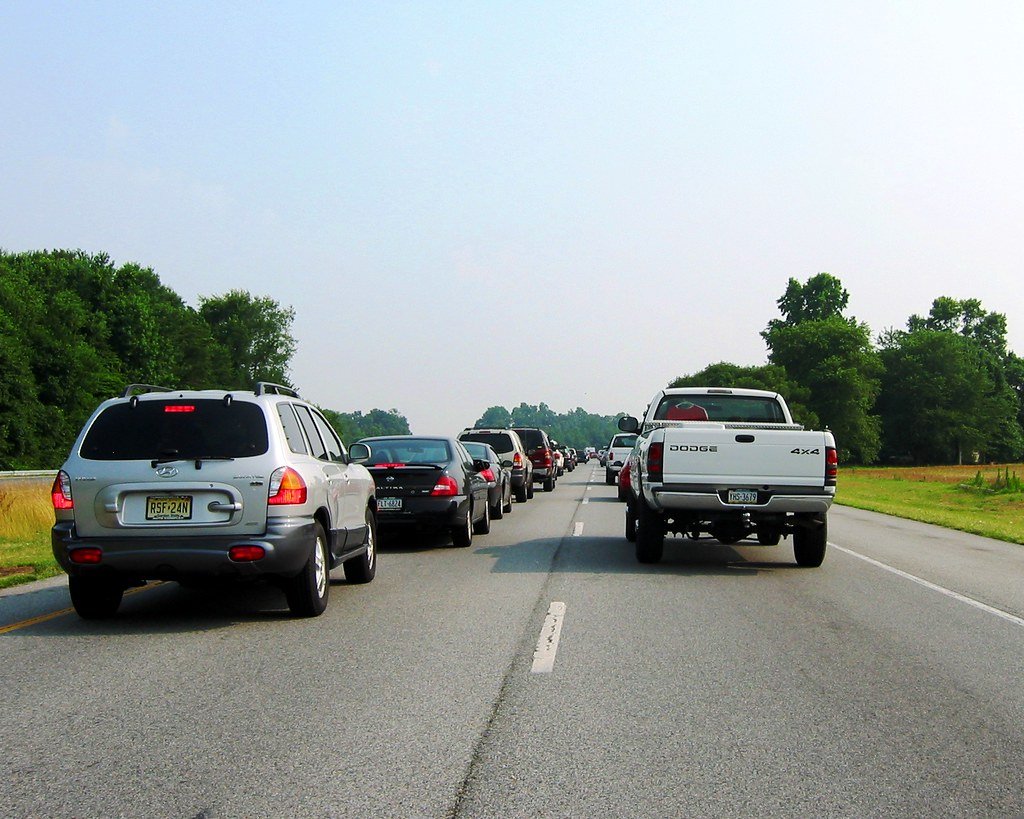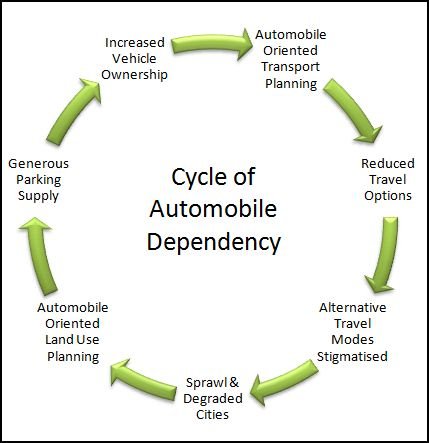
The only solution to traffic is a viable alternative to driving.
For almost 100 years, it has been known that building more roads makes traffic worse
Literally, city planners in St. Louis observed that building more roads created more traffic in 1930 (pgs. 66, 411, & 412). This comes from a phenomenon known as “induced demand.” What remains constant is not the flow of cars over a road, but people’s willingness to be delayed. If a new highway is built or expanded, congestion will be solved, but only for a little bit until people realize there’s a new, freely-flowing highway nearby. Then, people will change their commutes to use the highway, use the highway to go on more and longer trips than they would have otherwise, and buy more cars to build their life around using the highway. This will happen until the roads are exactly as slow and unpredictable as before.
The way to cheat induced demand and traffic is with transit. Not only is transit more space- and environmentally-efficient, it also plays into personal decision-making: in what is known as the Downs-Thomson Paradox, traffic will always be as bad as the door-to-door travel time for the equivalent transit trip. It makes sense; if taking transit is faster (or equally as fast but cheaper), people will leave their cars at home and take the train instead, freeing up the highway.
Sure, driving does technically allow you to go wherever you want whenever you want reasonably quickly (a well-designed transit system does too, but, ignoring that for sake of argument). However, most people go from one denser area to another for most of their trips, such as Millheim to the Mall for errands, Tyrone to State College for work, or Philadelphia to Penn State for football games. Transit between these denser, walkable places won’t serve all possible
trips, but it will serve most of them, and giving people an option other than driving will get them out of their cars and off of Route 322, improving traffic for everyone who chooses to remain. If you are a driver and like fast, freely-flowing roads, building good transit is the best way you make that happen.
Transit is also inherently more space-efficient than cars. Transit vehicles are larger and can fit more people, bicycles are smaller and use less space per person, and a properly-designed transitway can carry people faster than they could drive. By
contrast, automobiles are extremely large, requiring at least 200sqft, have low occupancy rates, and are given extra lane width and buffer spaces. As a result, transit lanes can carry significantly more people per hour than any highway lane.



